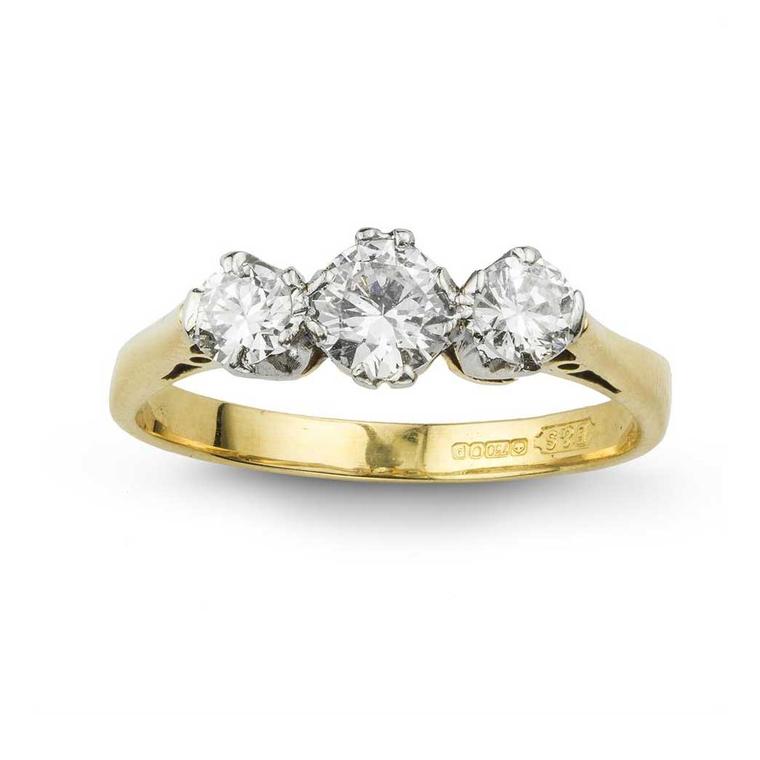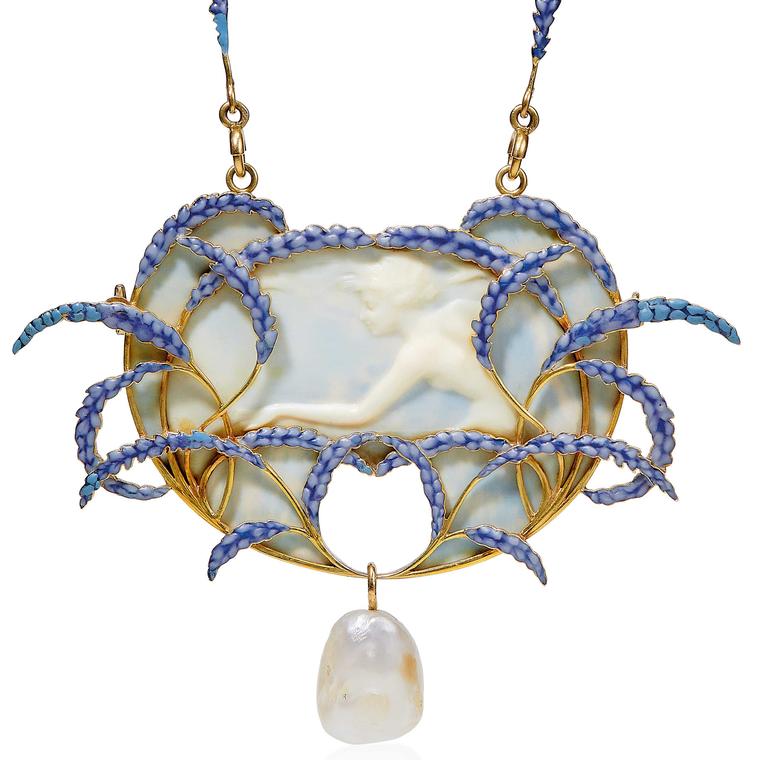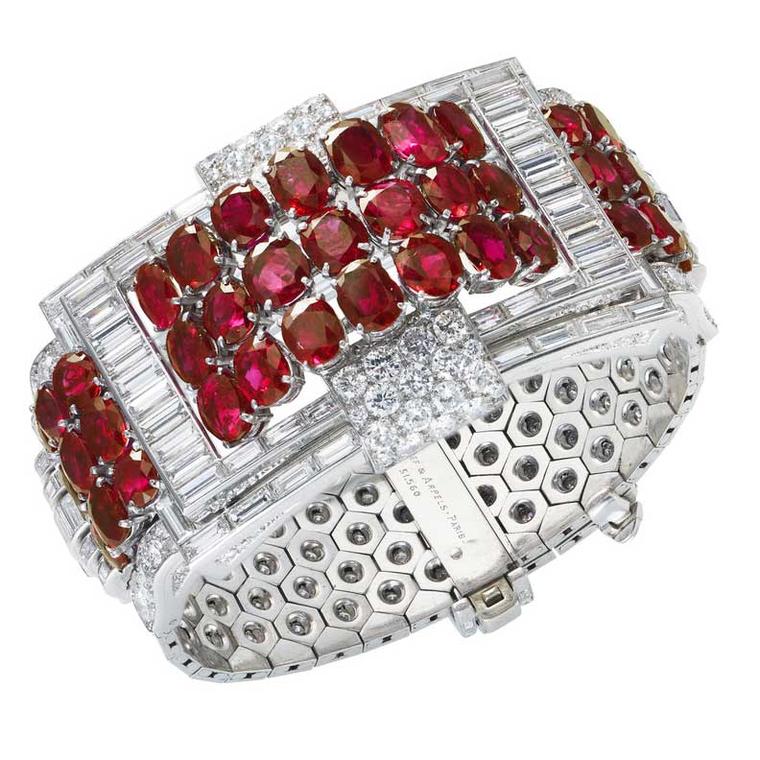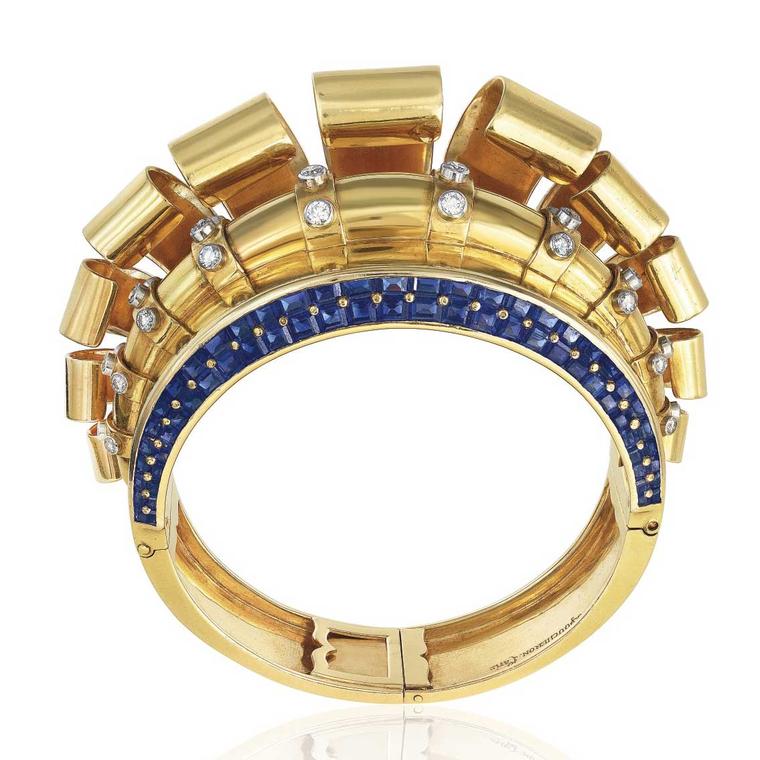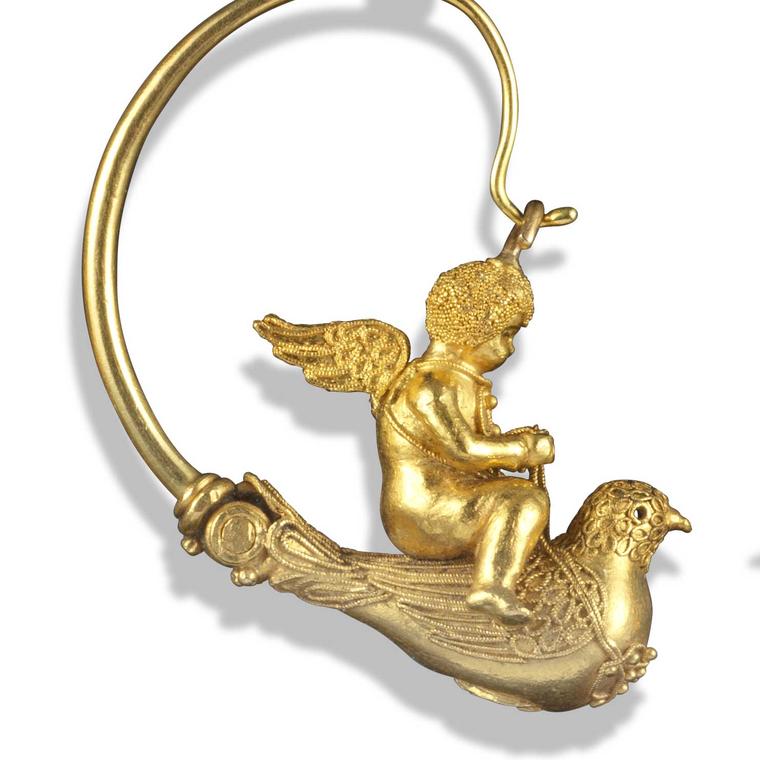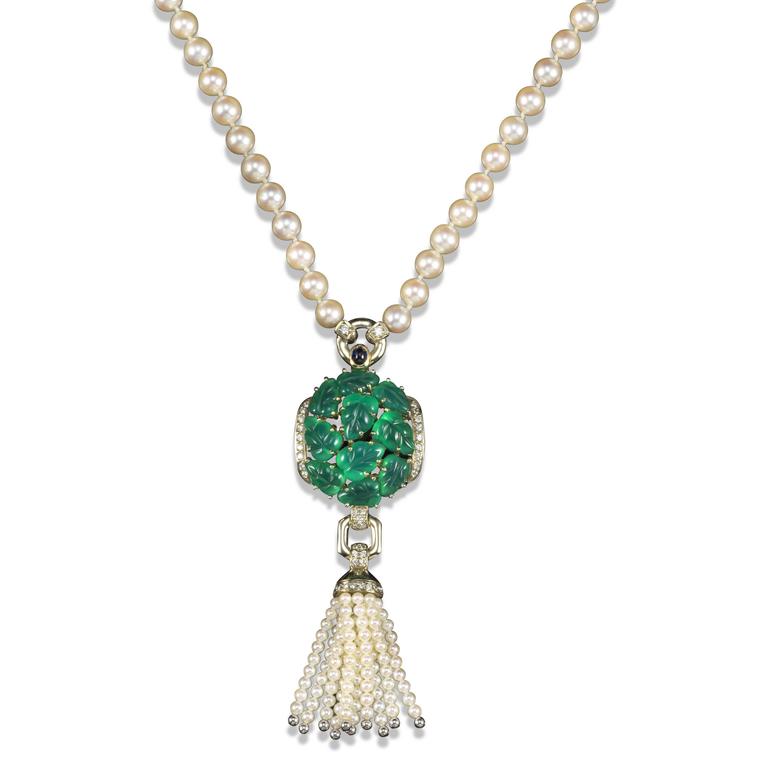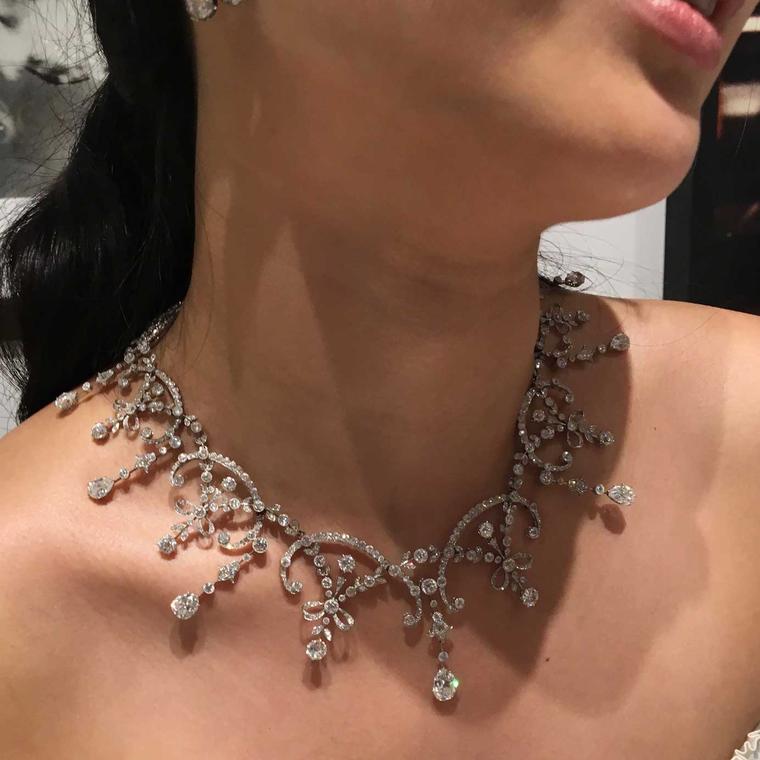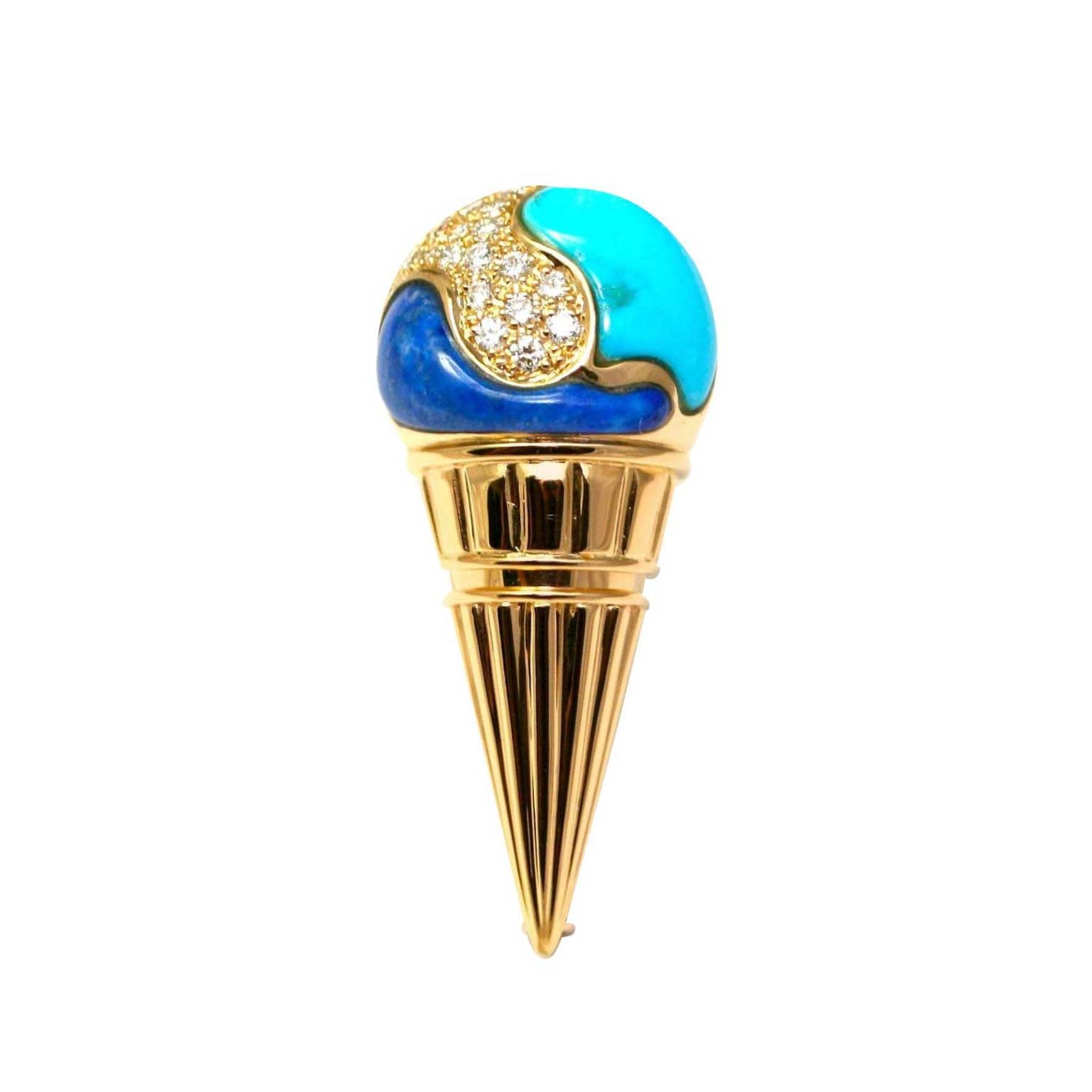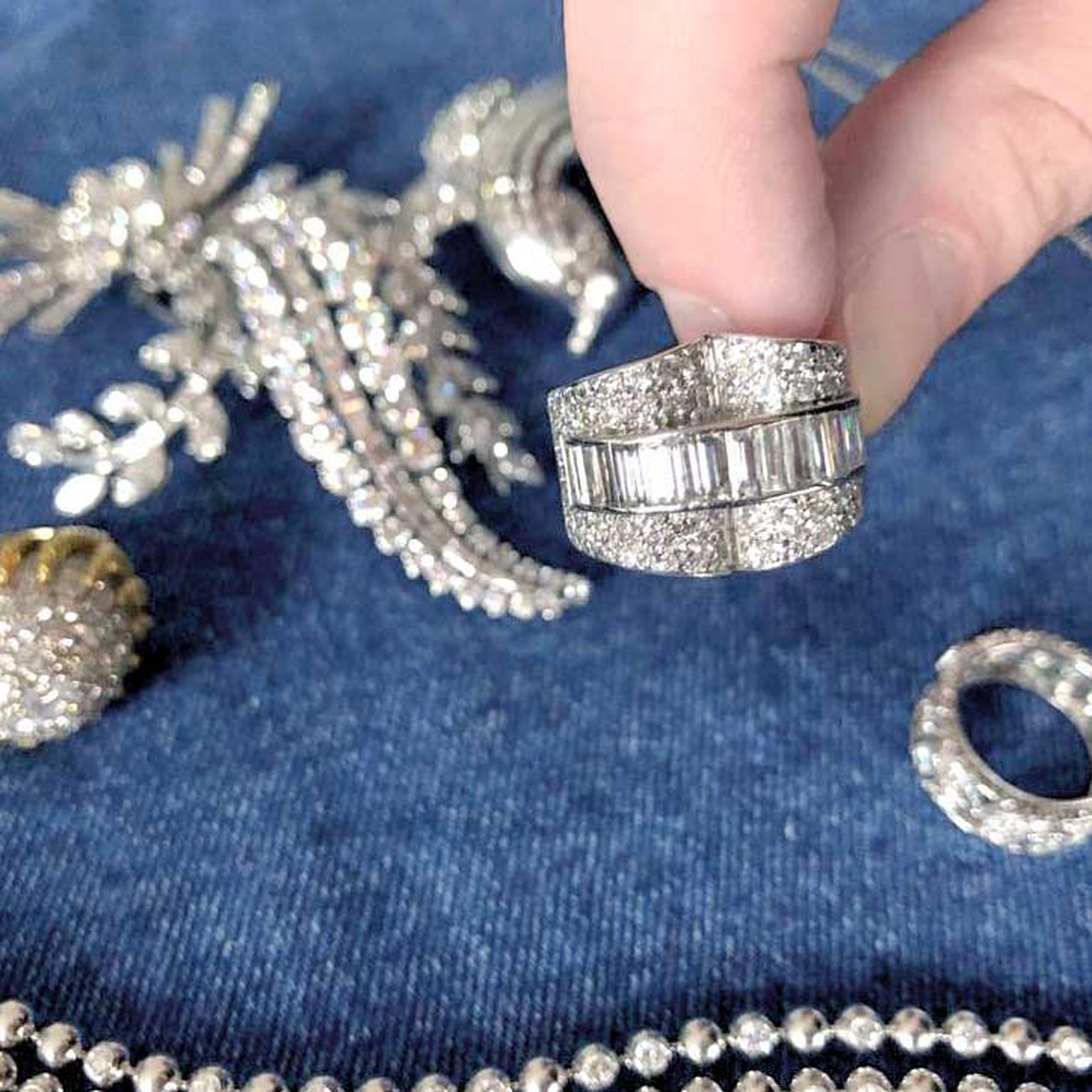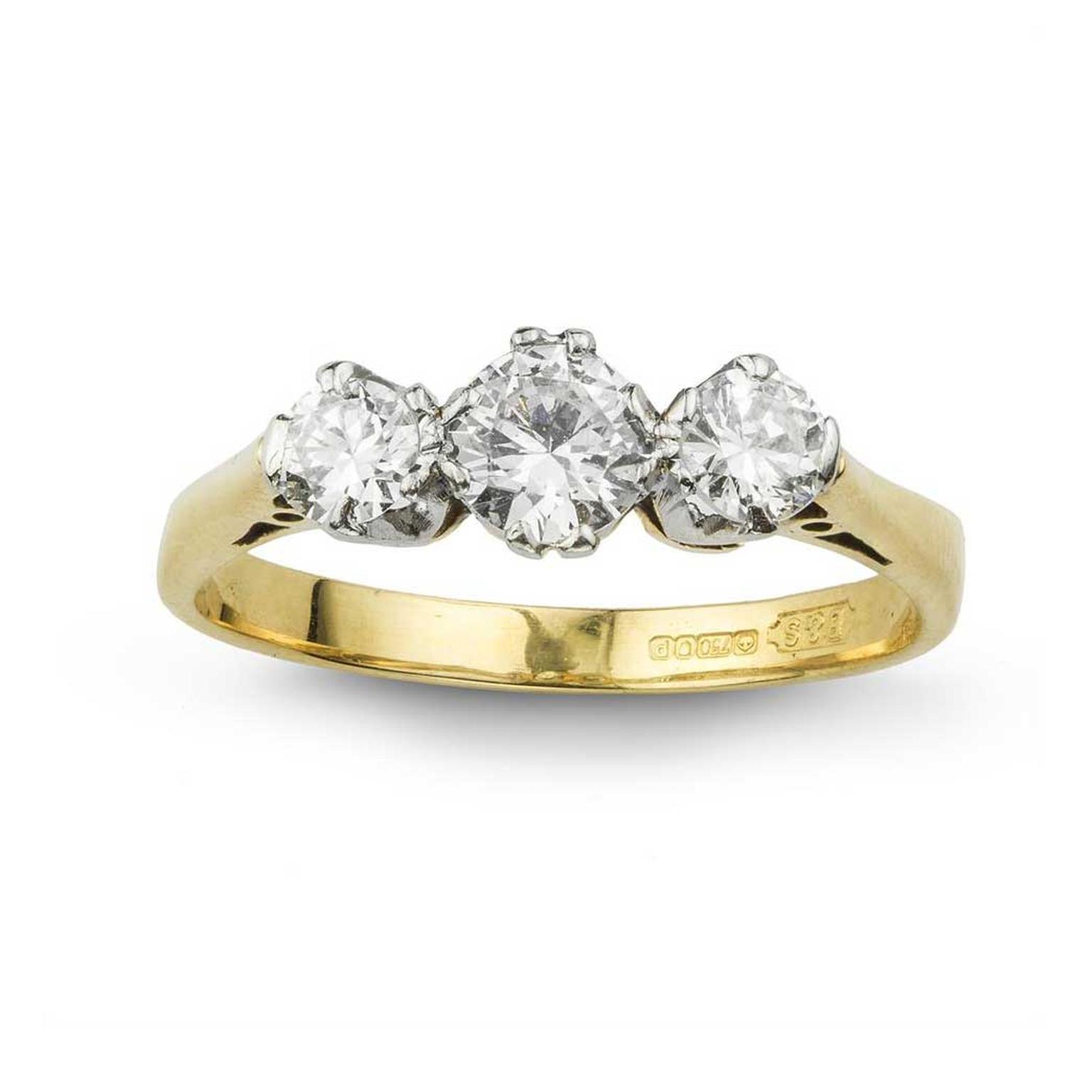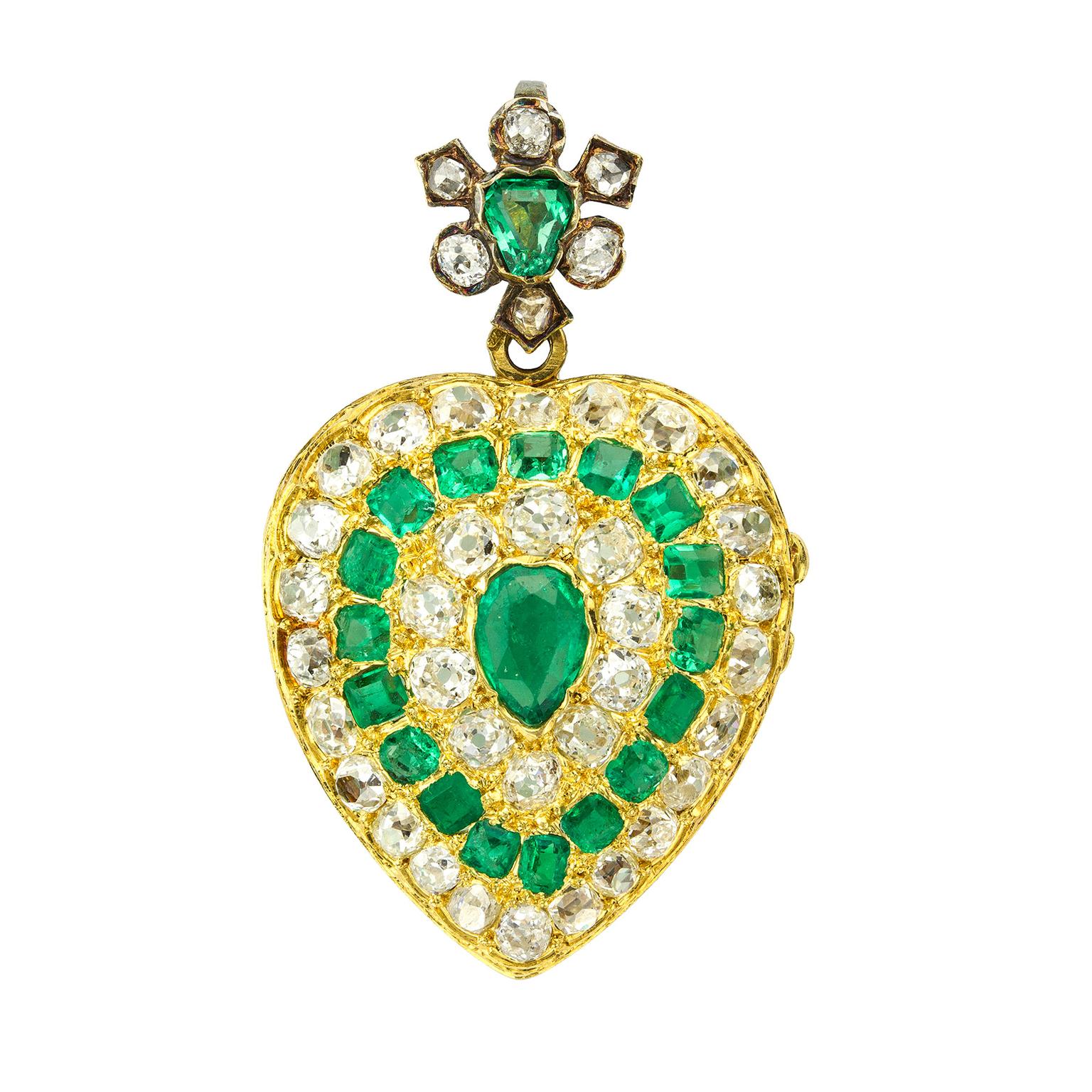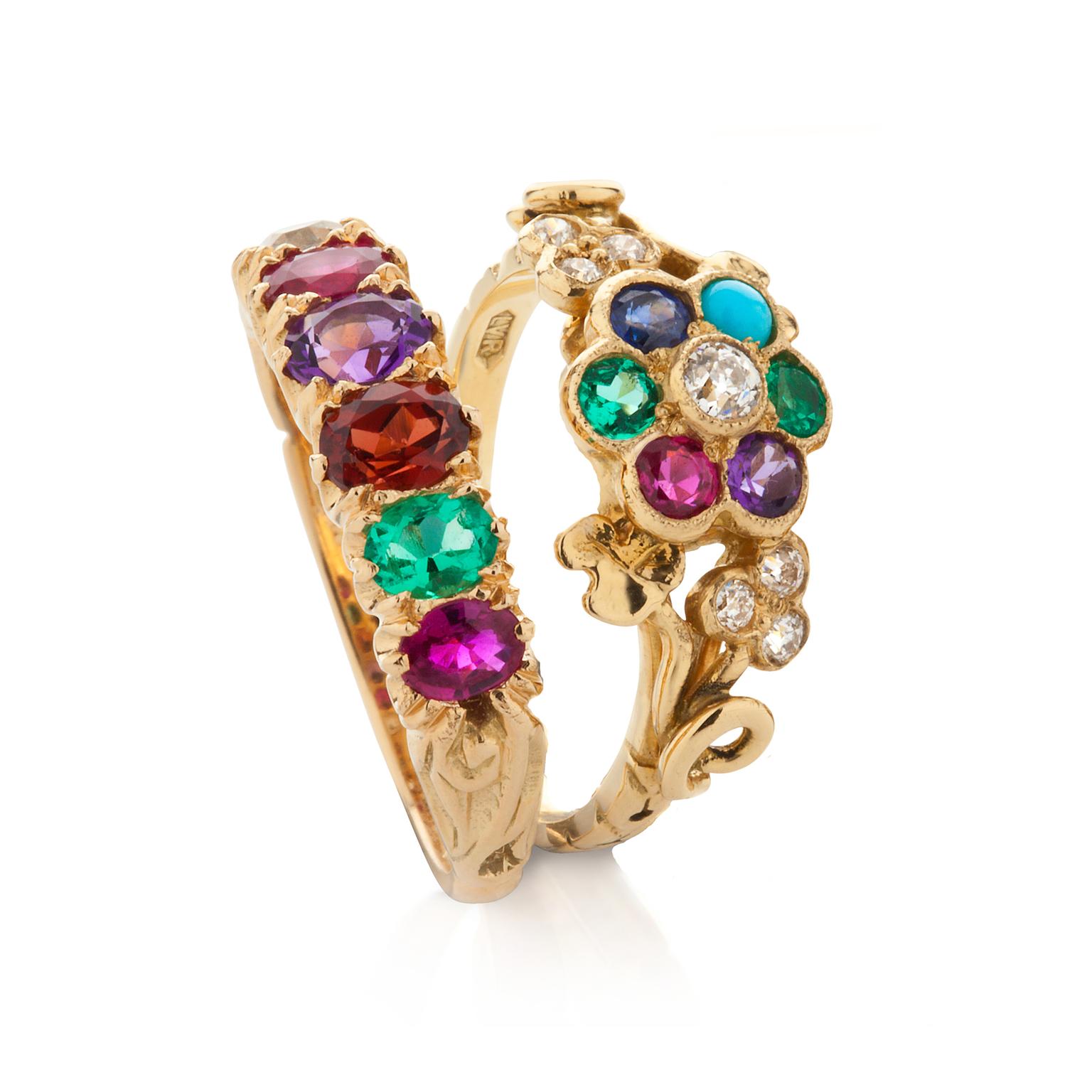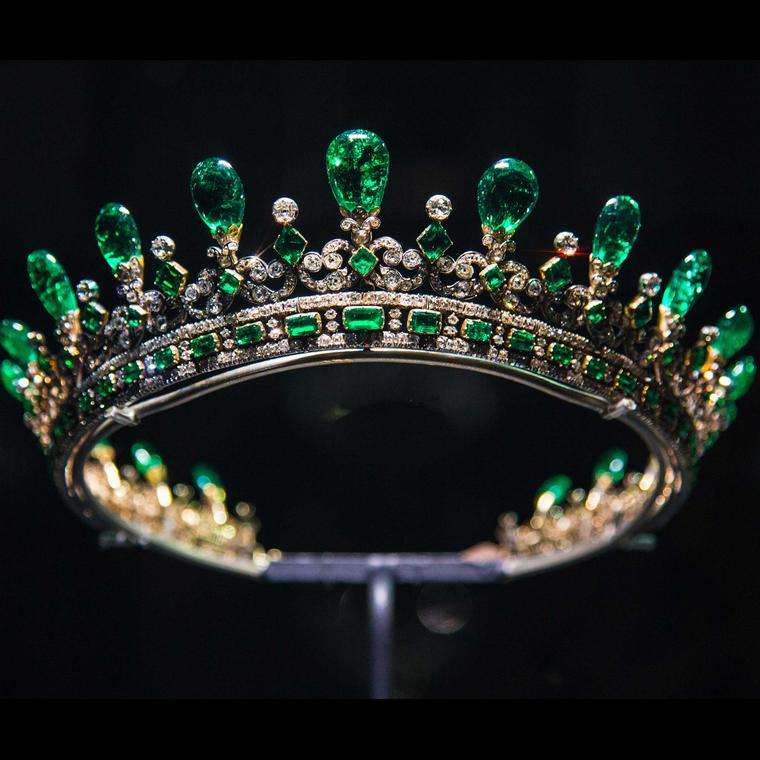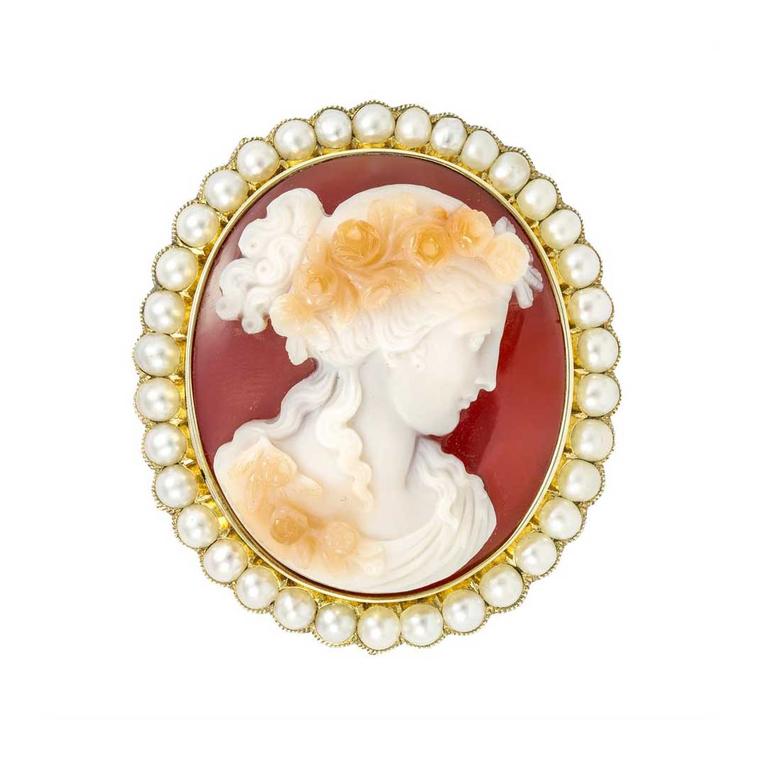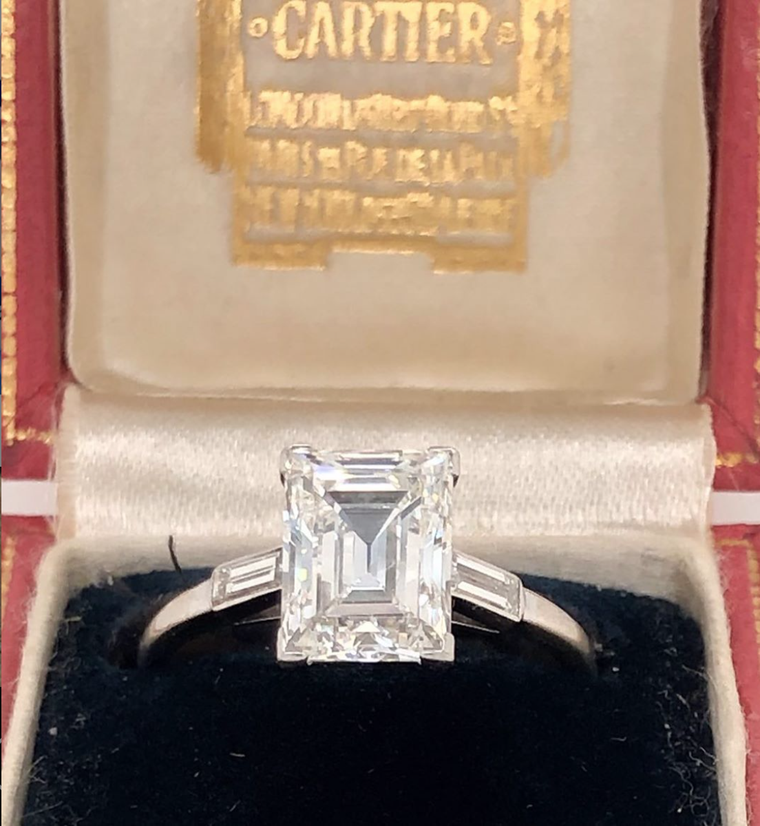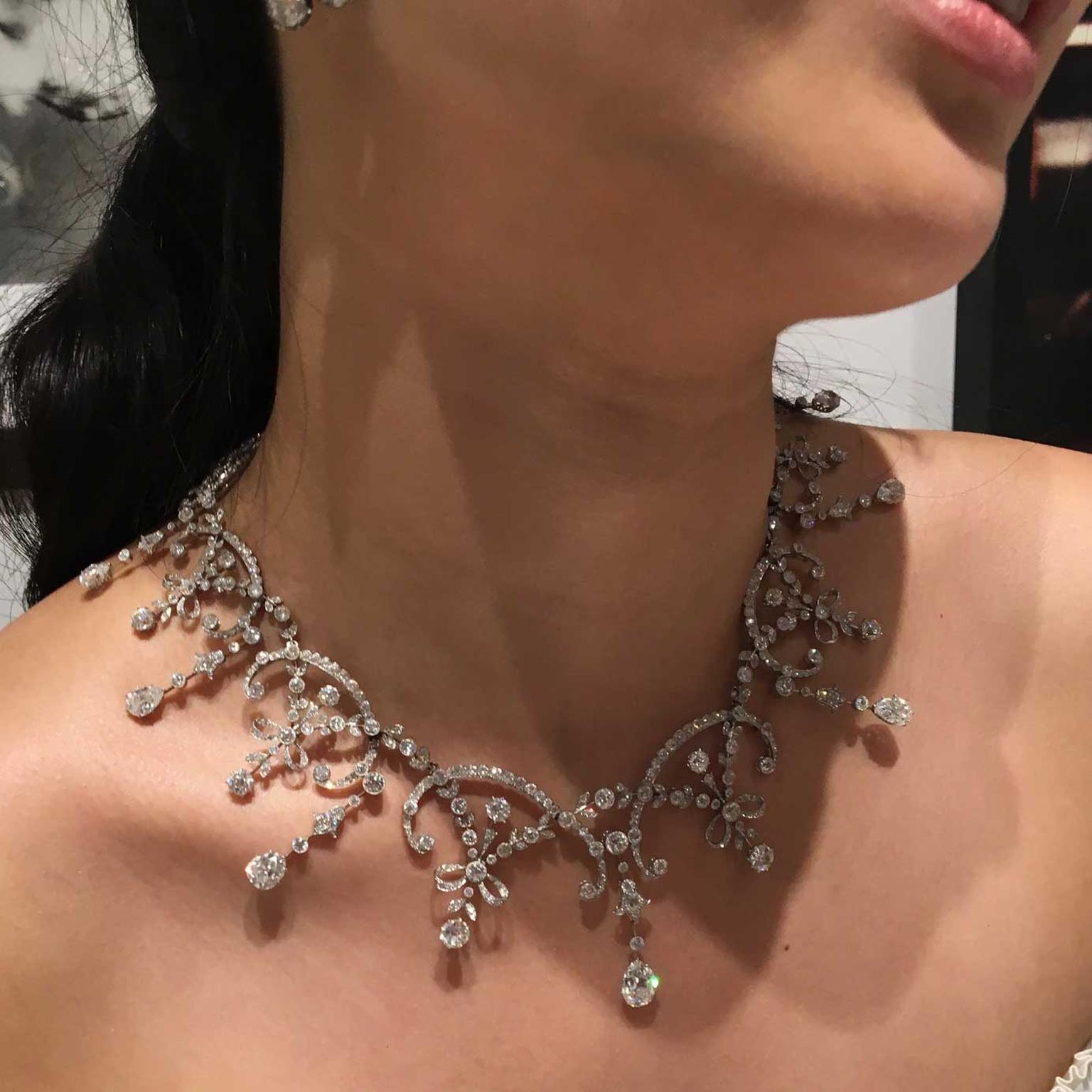
By Annie Button
There is something very special about owning a piece of antique jewellery. Whether you are a collector, or have only recently got the antique jewellery bug, you will know just how irresistible older jewellery pieces are.
Fine antique jewellery is becoming increasingly sought-after, largely because it is beautifully made and you are pretty much guaranteed that you won’t see anyone else wearing the same piece. Whether you’ve fallen in love with a Victorian bracelet in an antiques shop, spotted a striking piece of Art Deco jewellery online, picked up an elaborate Georgian pendant at auction or inherited your great grandmother’s antique engagement ring, you’ll need to know how to take care of it to ensure it stays in pristine condition.
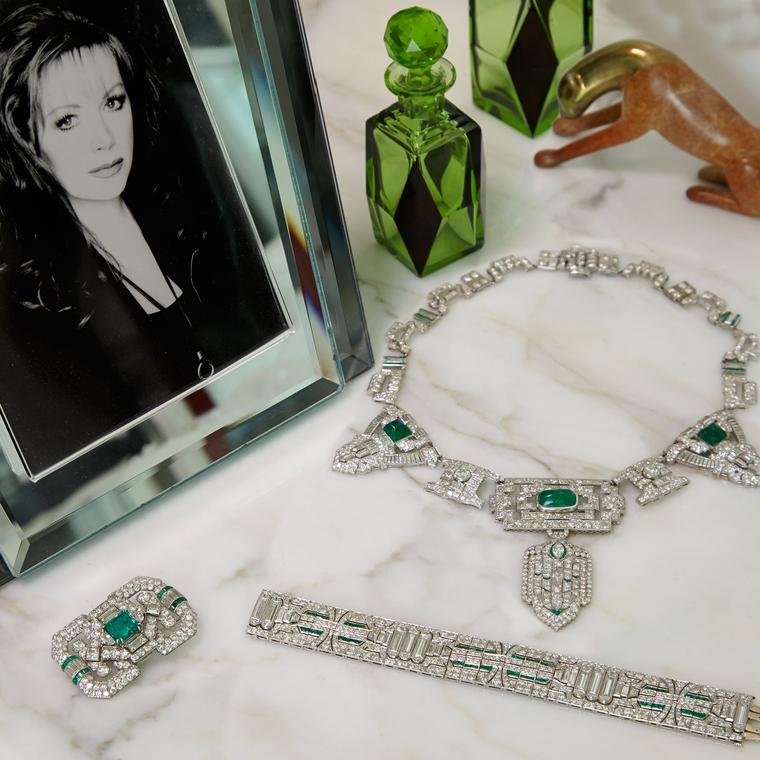
Here I’ll be sharing everything you need to know to care for your antique jewellery. Treat your jewellery well and it will last a lifetime and beyond. Your children and children’s children will love to inherit a unique, well-cared-for piece of your history.
What is antique, vintage and estate jewellery?
It’s often assumed that antique jewellery refers to anything second-hand, but this isn’t the case. There are actually three terms used to describe older jewellery pieces, antique, vintage and estate.
All jewellery that is part of a person’s estate is estate jewellery. This can include modern and antique jewellery and can be left in a will when someone dies, or sold at any time during the owner’s life to generate income (commonly during divorce).
A piece of jewellery is only considered to be antique if it is more than 100 years old. Jewellery is considered vintage if it is more than 20 years old.
Read our know-how guides to vintage jewels here.
Unfortunately, there are lots of fake jewels masquerading as antique on the market, so to guarantee authenticity, it is always best to buy from a reputable jeweller or a well-known auction house.
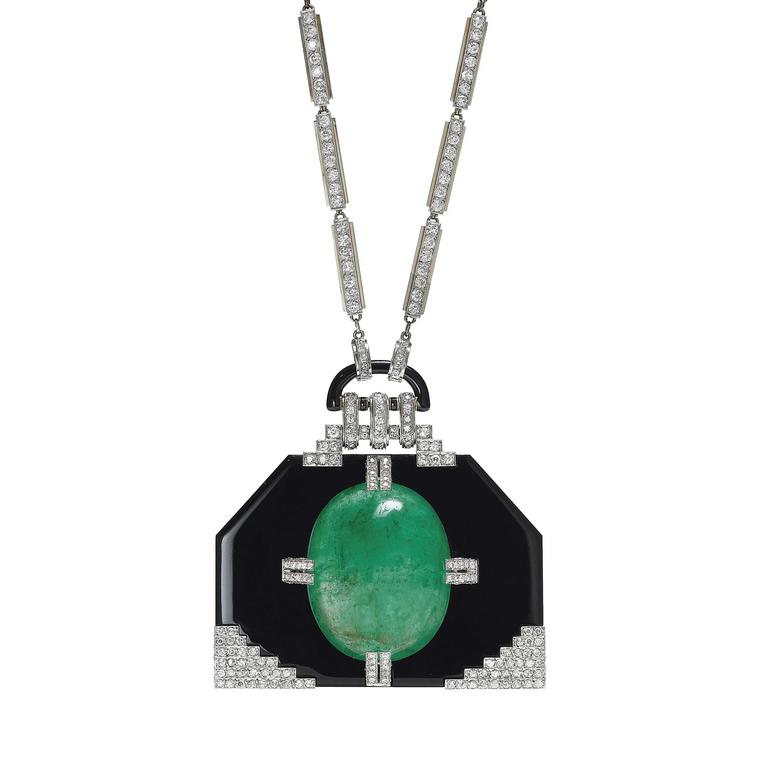
Maintaining your antique jewellery
As with anything old, it is important to check your antique jewellery for any signs general wear and tear. For peace of mind, ensure it is regularly serviced by a reputable jeweller.
Harry Diamond, owner of Cry for the Moon, explains: “It is really easy for the claws around diamonds and gemstones to deteriorate. In our specialist workshop we often diagnose weaknesses that aren’t visible to the human eye and are able to re-tip or rebuild claws to prevent stone loss.
“We recommend to our customers that they get valuable pieces of jewellery checked and cleaned at least once a year to avoid unnecessary breakage.”
Whilst you can clean your antique jewellery at home, it’s a good idea to seek the services of a specialist jeweller as certain gemstones and precious metals require special care.
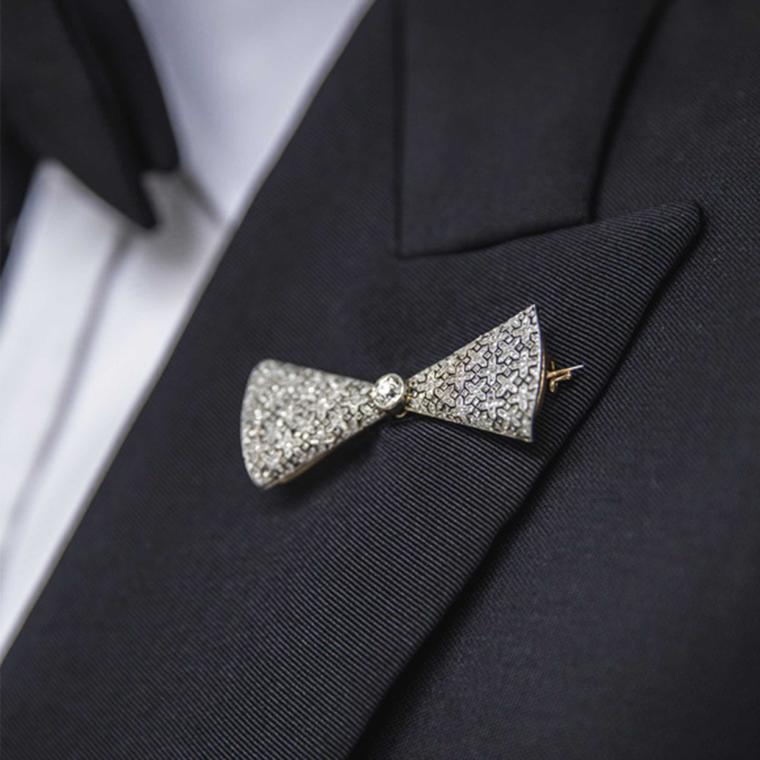
If your antique jewellery is damaged, it can be repaired in a specialist workshop. For jewels that are beyond repair, consider recycling the precious metals and gems and getting them refashioned into a beautiful new design.
Insuring your antique jewellery
Whether you have inherited or bought a piece of antique jewellery, you will want make sure you have adequate insurance in place.
Your first port of call should be to see a valuations expert. You will need a valuation certificate before you arrange insurance.
Also, check your home contents insurance policy to see how much your insurer will pay out for individual items. Many home content insurance policies limit the amount you can claim for a single item, so you may need to pay a premium to have antique jewellery added separately to the policy.
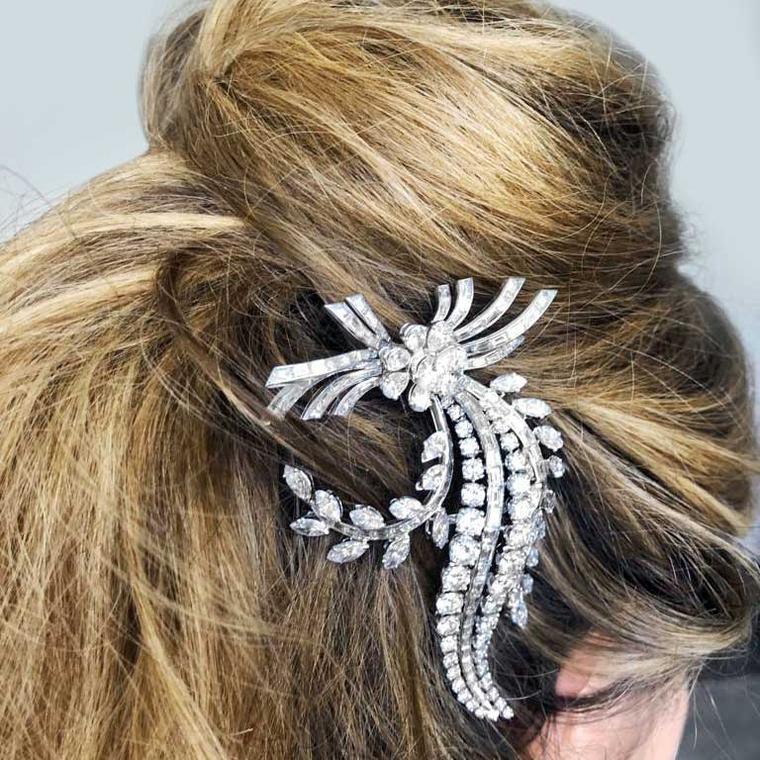
Storing your antique jewellery
Never store antique jewellery pieces together, whether that be in a jewellery box or in its original packaging. Precious metals and gemstones can easily get broken, chipped or tangled.
Keep each item in its own box, or compartment if stored in a jewellery box. Make sure to store jewels in a cool dry place, away from direct sunlight, as this can tarnish metals and heat can cause certain stones, such as opals, to crack.
Wearing your antique jewellery
Always put your antique jewellery on last when you are dressing to avoid catching it on your clothes. Also, apply make-up, deodorant, hairspray and perfume, and ensure everything has dried, prior to putting jewellery on. Style and brush hair before putting earrings or necklaces on to avoid catching your hairbrush on them.
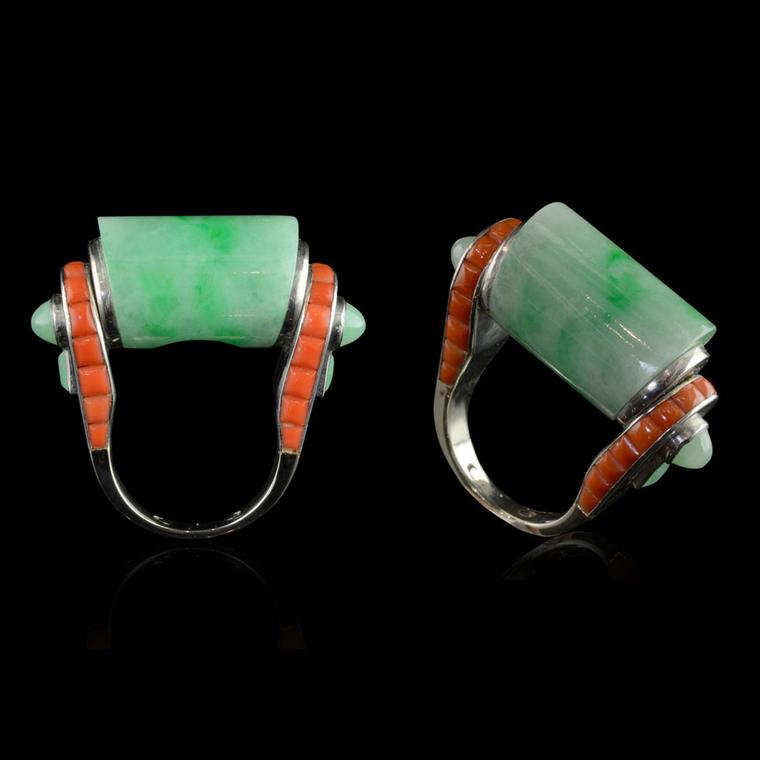
Never wear your antique jewellery in water, whether that be swimming or bathing. Chemicals in swimming pools and hot tubs, and salt in the sea, can damage and discolour precious metals and some gemstones.
Look after your antique jewellery and don’t be afraid to wear it, even if it is only on special occasions.


